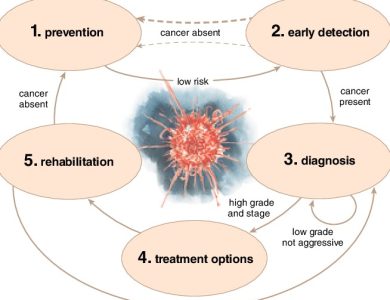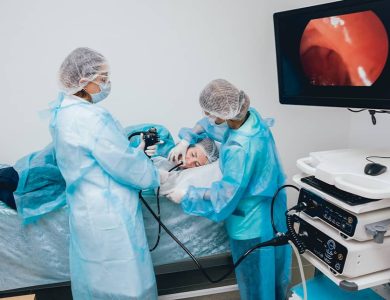Introduction
In the realm of human physiology, understanding muscle activity is crucial for various fields, including sports medicine, rehabilitation, and biomechanics. One of the primary tools used for this purpose is Electromyography (EMG). EMG is a technique that measures the electrical activity produced by muscles. This article delves into the fundamentals of emg, its applications, and how it aids in comprehending human movement.
Understanding Electromyography
Electromyography operates on the principle that muscles generate electrical signals when they contract. These signals, known as electromyograms, are typically measured using electrodes placed on the skin above the muscles of interest. There are two main types of EMG: surface EMG and intramuscular EMG. Surface EMG involves placing electrodes on the skin surface, while intramuscular EMG involves inserting fine needle electrodes directly into the muscle tissue.
Applications of EMG
Clinical Diagnosis
EMG is widely used in clinical settings to diagnose neuromuscular disorders such as muscular dystrophy, peripheral nerve injuries, and myasthenia gravis. Abnormal EMG patterns can indicate muscle dysfunction, helping physicians to diagnose and treat patients accurately.
Biomechanics Research
In biomechanics research, EMG provides valuable insights into muscle activation patterns during different movements and activities. By analyzing EMG data, researchers can understand muscle recruitment strategies, joint mechanics, and efficiency of movement, which is crucial for optimizing sports performance and preventing injuries.
Rehabilitation
EMG biofeedback is a common technique used in physical therapy and rehabilitation. By providing real-time feedback about muscle activity, EMG biofeedback helps patients learn to control and strengthen specific muscles, improve coordination, and regain functional movement following injury or surgery.
Prosthetics and Robotics
EMG signals can be used to control prosthetic devices and robotic exoskeletons. By detecting muscle activity from residual limbs, EMG-based prosthetics enable intuitive and natural control of artificial limbs, enhancing the mobility and independence of amputees.
Challenges and Limitations
While EMG is a powerful tool for studying muscle function, it also has certain limitations. One challenge is the interpretation of EMG signals, which can be affected by factors such as electrode placement, skin impedance, and crosstalk from adjacent muscles. Additionally, surface EMG may not accurately represent deep muscle activity, and intramuscular EMG can be invasive and uncomfortable for patients.
Future Directions
Advancements in EMG technology continue to improve its usability and accuracy. Miniaturized wireless EMG systems offer greater mobility and convenience for both researchers and patients. Machine learning algorithms are being increasingly employed to analyze EMG data, allowing for more sophisticated pattern recognition and interpretation. Moreover, the integration of EMG with other sensing modalities, such as inertial sensors and ultrasound imaging, holds promise for comprehensive assessment of muscle function and movement dynamics.
Conclusion
Electromyography plays a pivotal role in the study of muscle activity and human movement. From clinical diagnosis to sports performance optimization, EMG provides valuable insights that inform medical practice, research, and technology development. As our understanding of EMG continues to evolve and technology advances, it holds the potential to revolutionize healthcare, rehabilitation, and assistive technologies, ultimately enhancing the quality of life for individuals with neuromuscular conditions.




